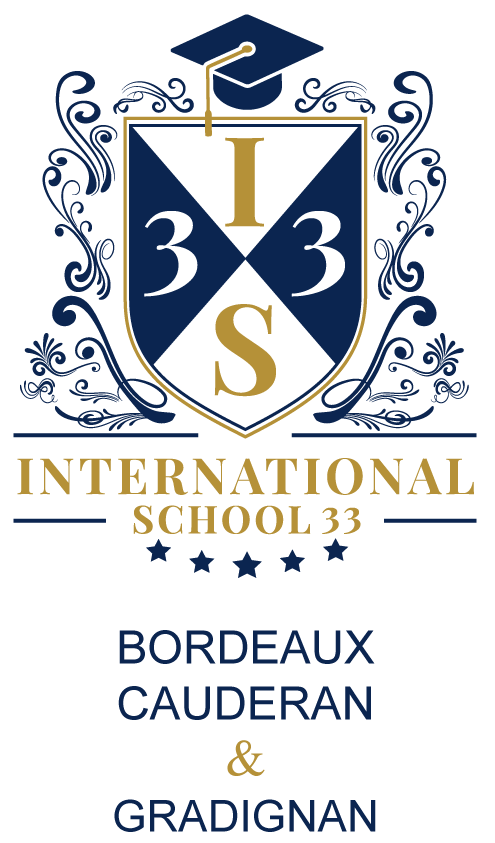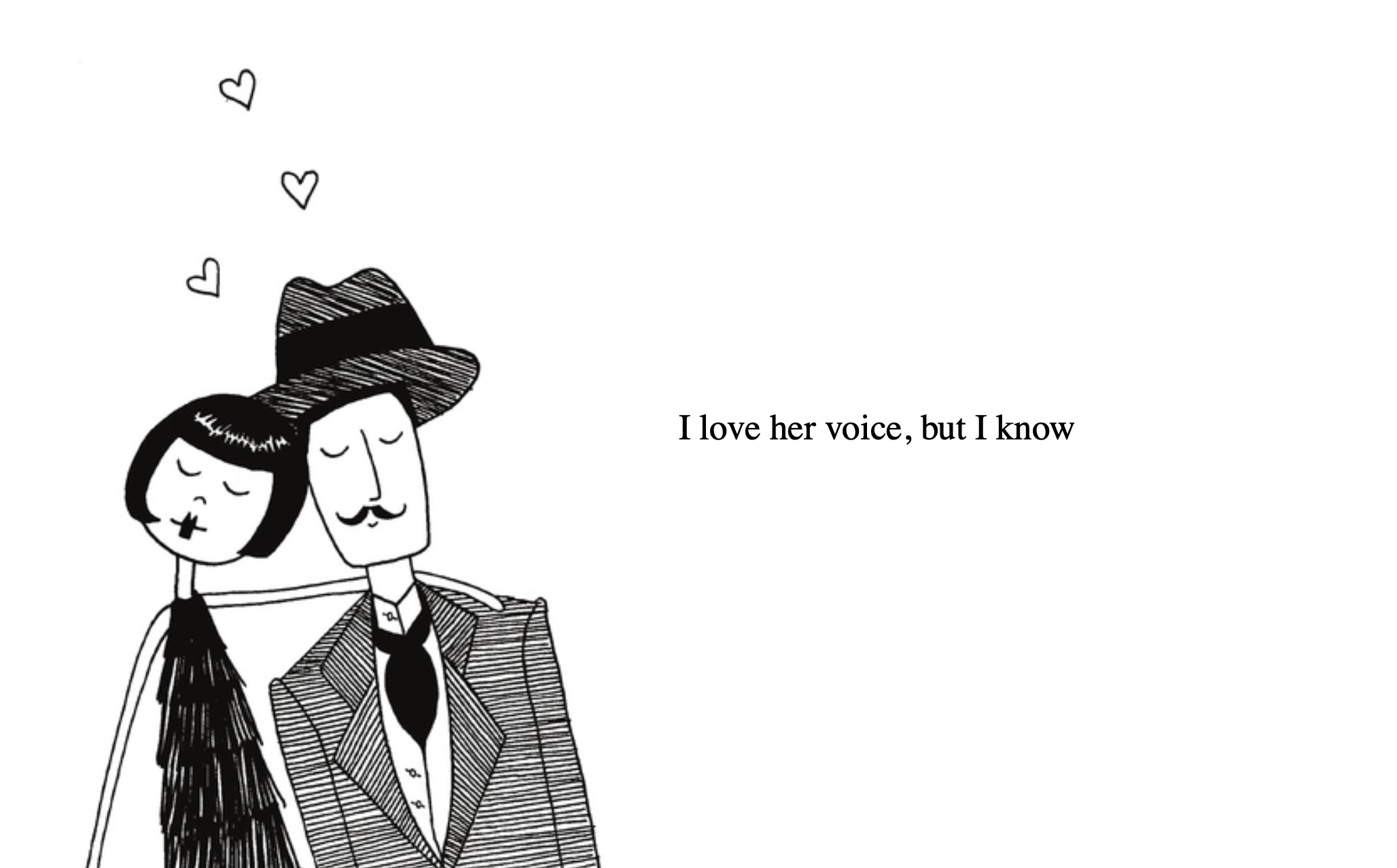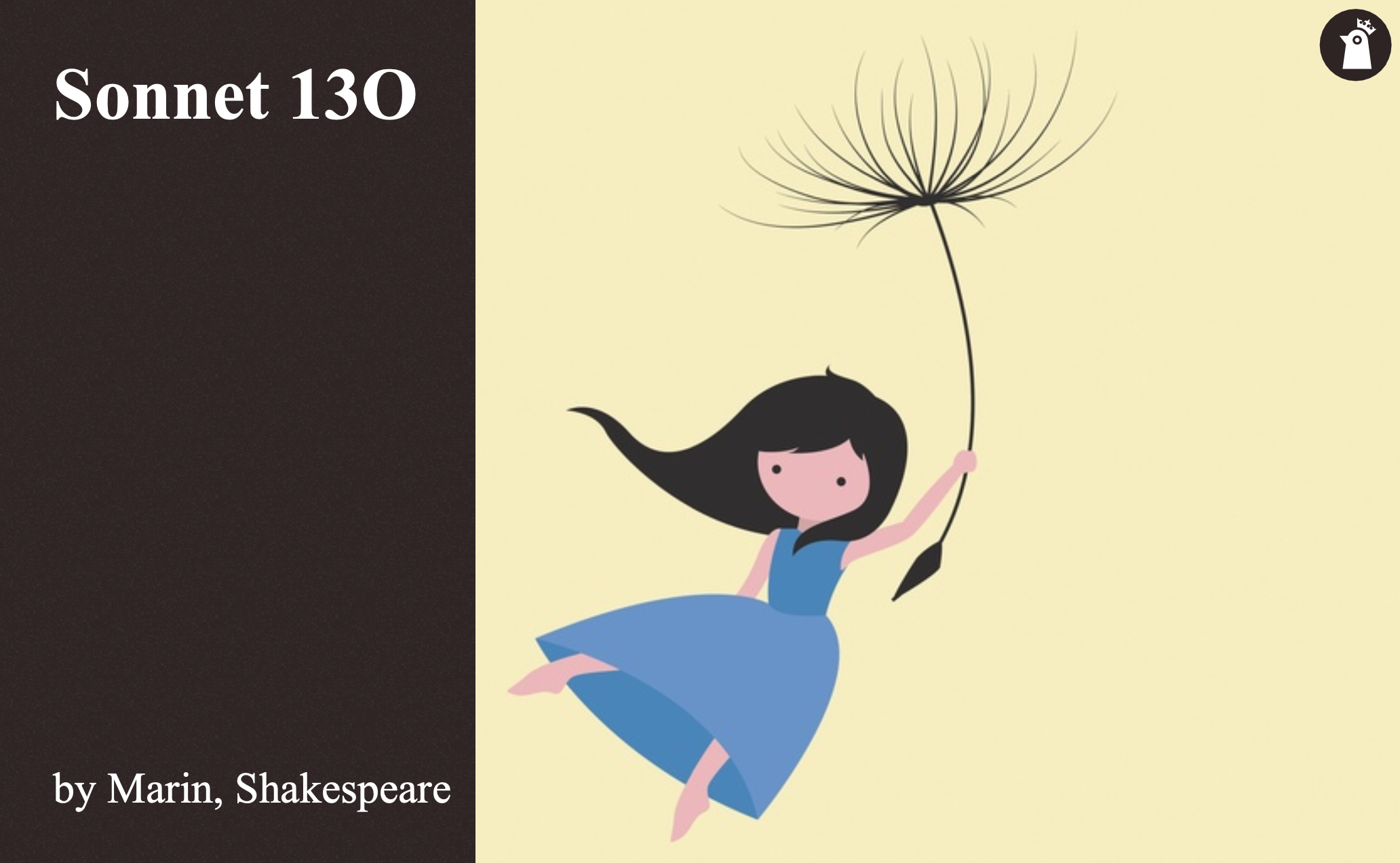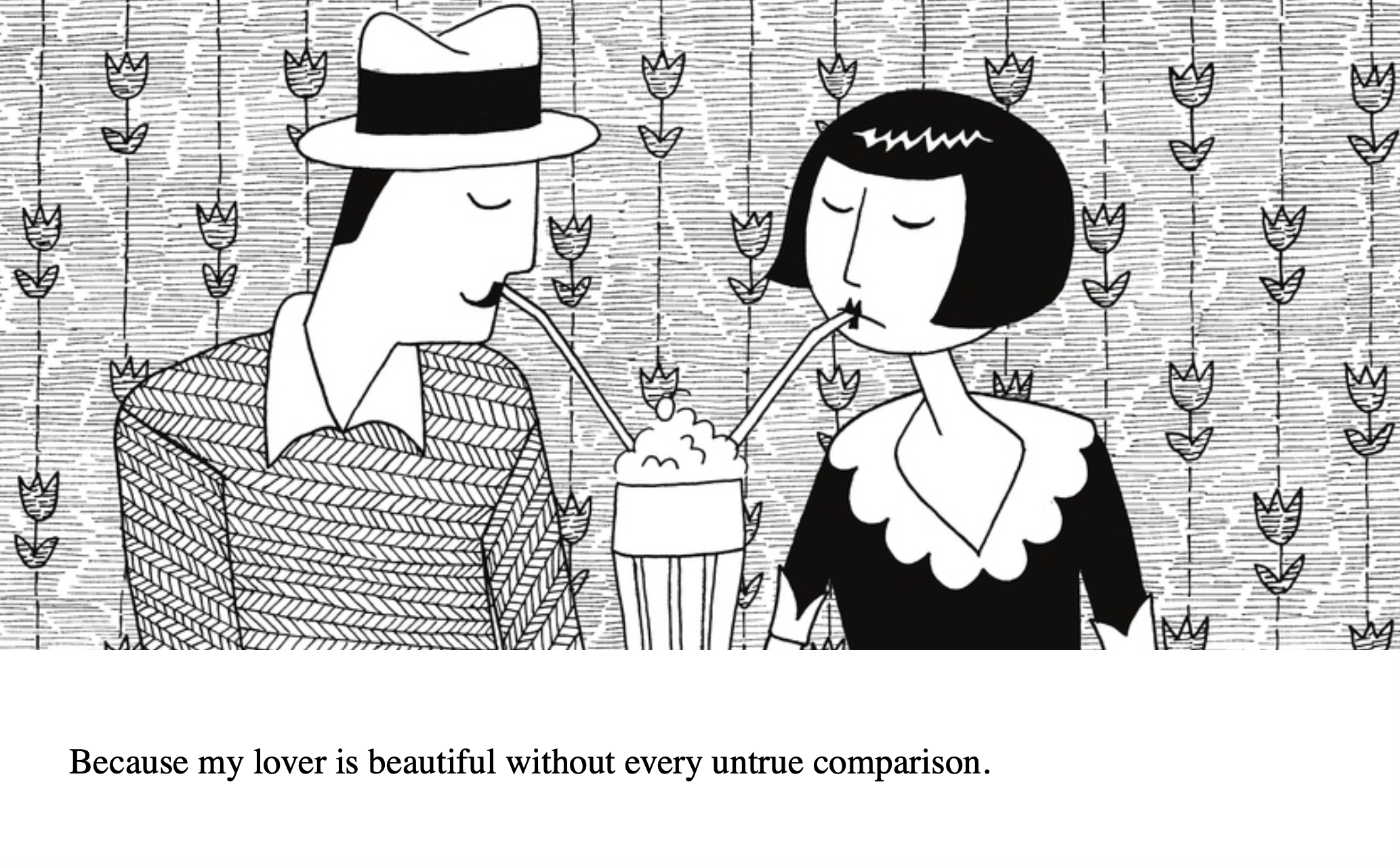During our latest Unit (Does Love Make the World Go Round?), the students of the 5ème-4ème English Language and Literature programme gathered plenty of insight into the various conventions of love poetry: contemporary and antique, classic and corny. The class learnt a lot about their own likes and dislikes, prejudice and misconceptions regarding the various styles of love poetry and the representations of love through literature and the media. We explored some of the greatest poems
ever written, such as “How Do I Love Thee” by Elizabeth Barrett Browning (1806-1861) and “A Red, Red Rose” by Robert Burns (1759-1796).
Then, we felt compelled to compare and contrast these works with the intimate universe of a number of present-day authors, such as “what love isn’t” by Yrsa Daley-Ward and “Friendly Advice to A Lot of Young Men” by Chuck Bukowski. We all agreed, at the end of some lengthy class debates and discussions, that we think about our relationships in life a lot; the quality, continuity and development of our relationships with our loved ones infuses our daily lives. Love, whether it be the relationship between parent and child, friends, lovers, … is a hard thing. Communication, too, is often difficult and challenging. We can often overlook these complexities and the feelings and needs of our loved ones (because we are too busy focusing on our everyday worries and responsibilities). We discovered the importance of this type of dedication while sharing the poem “what love isn’t” by Yrsa Daley-Ward, as the Jamaican/Nigerian spoken-word poet uses adept symbolism and language to explore exactly what the poem’s title promises: what love isn’t.
Learning about the conventions of love poetry and analysing the literary devices was not truly to the students’ liking; they told me they found this boring! I was grateful for their overt honesty. However, once they had demonstrated their understanding of the latter, I deemed they were ready to engage in some fun poetic activities. They tried their hand at composing love poetry while using techniques such as illustrated poems, blackout poetry, audio and mind map poetry, image based poems and more. They even created their funny illustrated story books of Sonnet 130 by Shakespeare with the help of StoryBird application. Exploring the creative process of writing love poetry in such dynamic ways meant that the students were able to express their emotions and thoughts in natural and surprising ways.
Below are some examples of their recent work!
By Angela B.


















